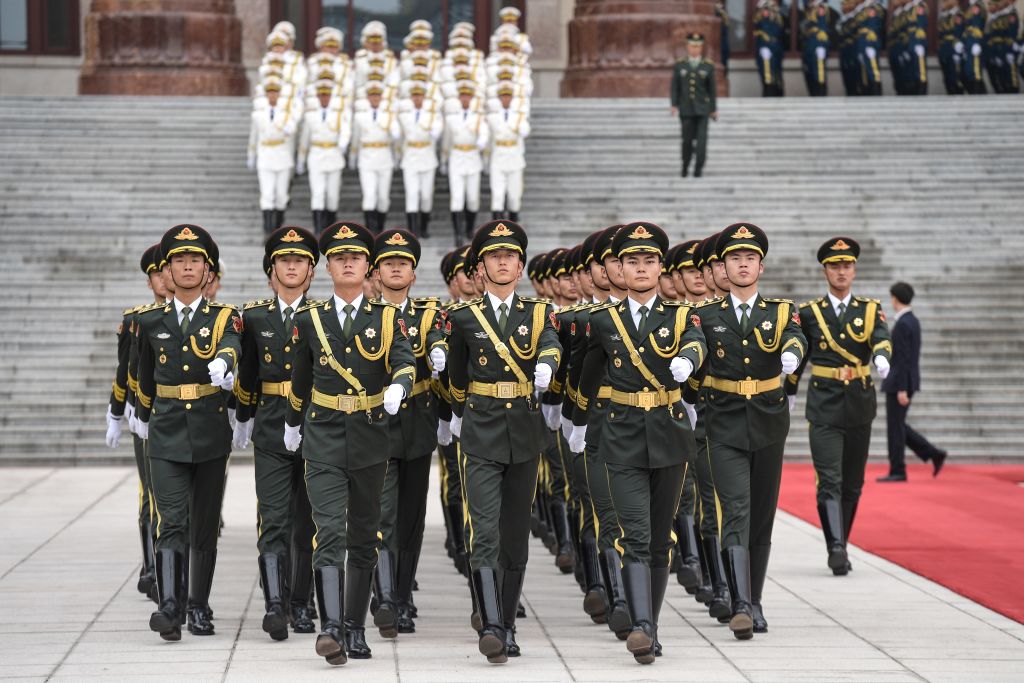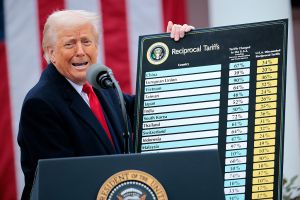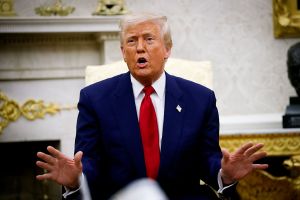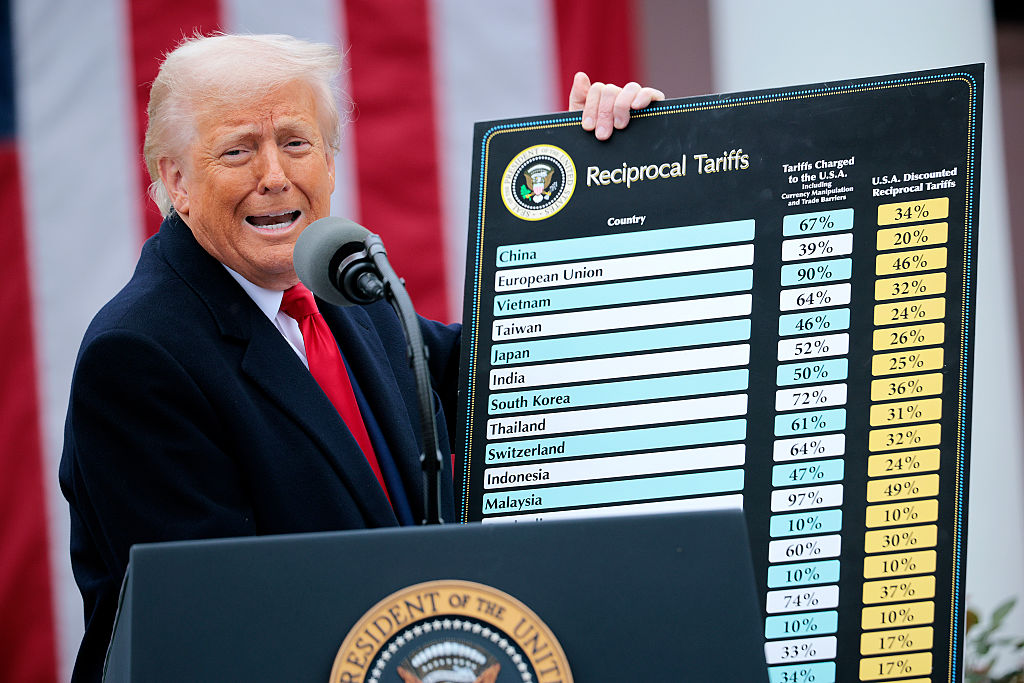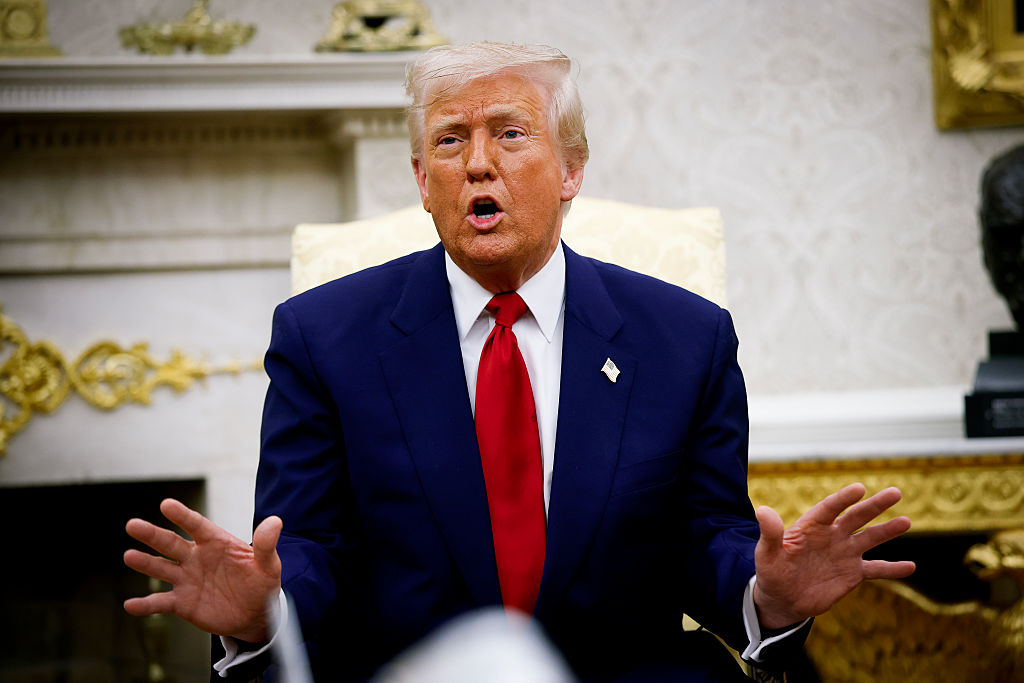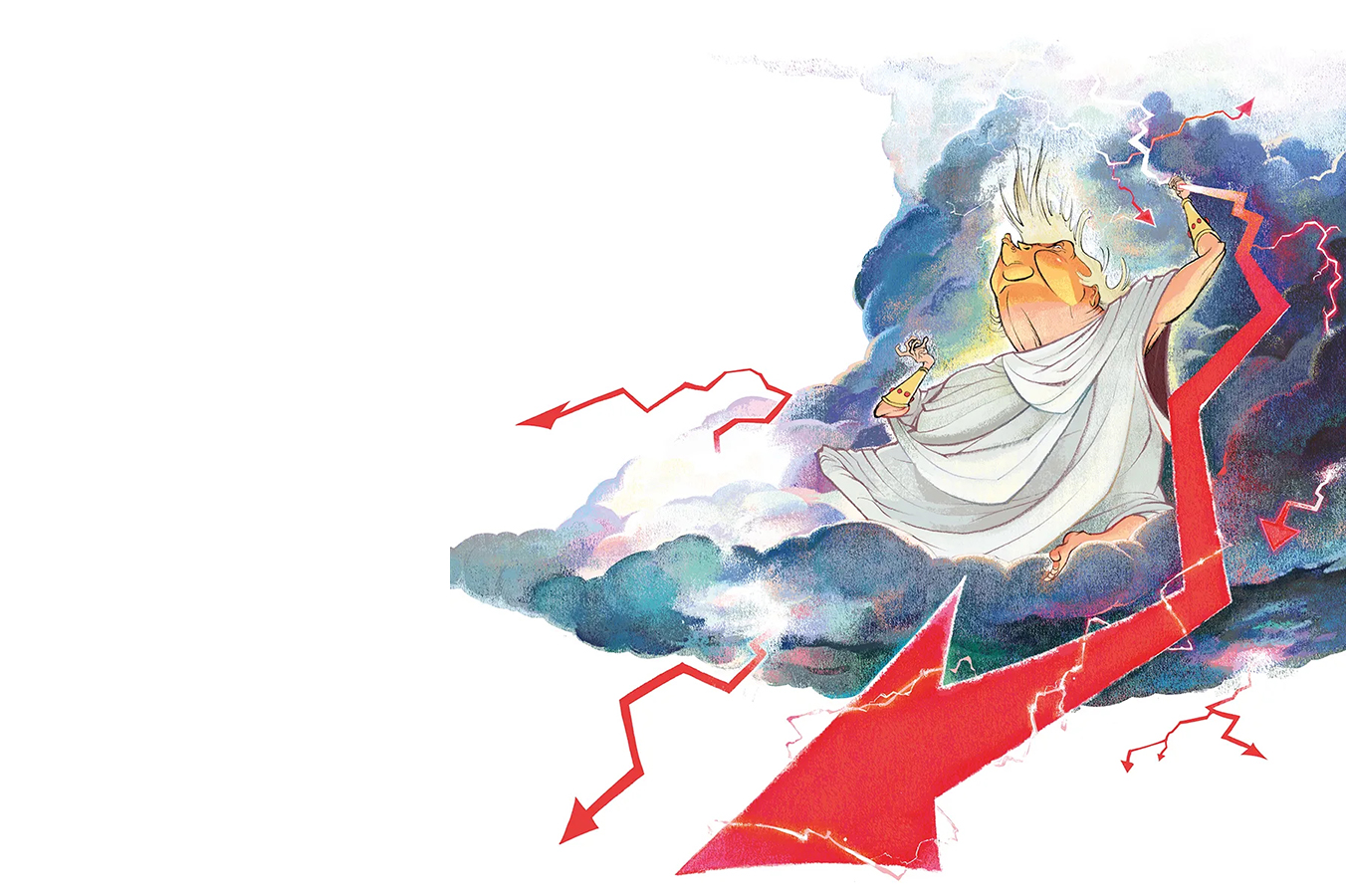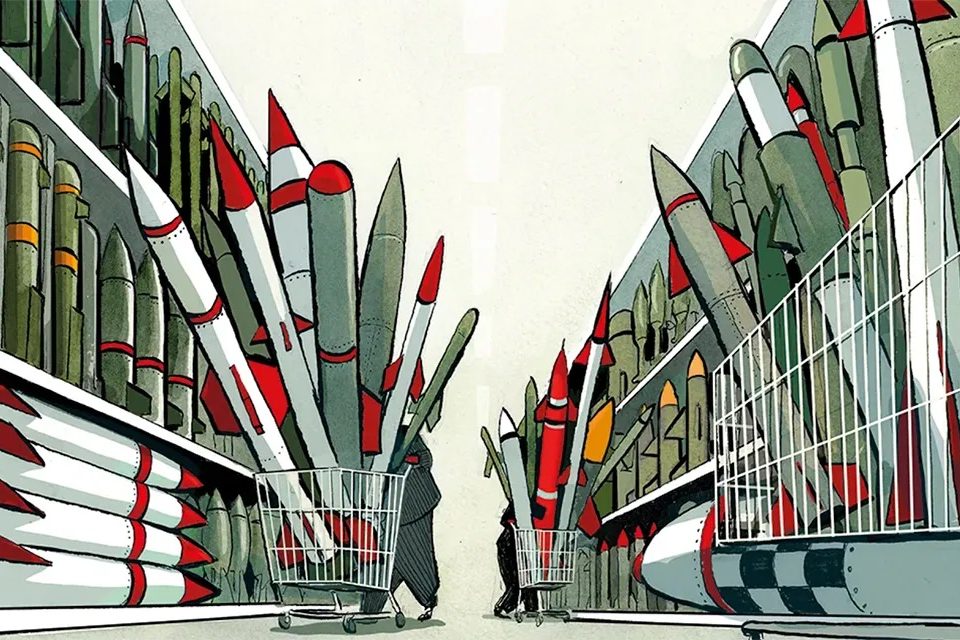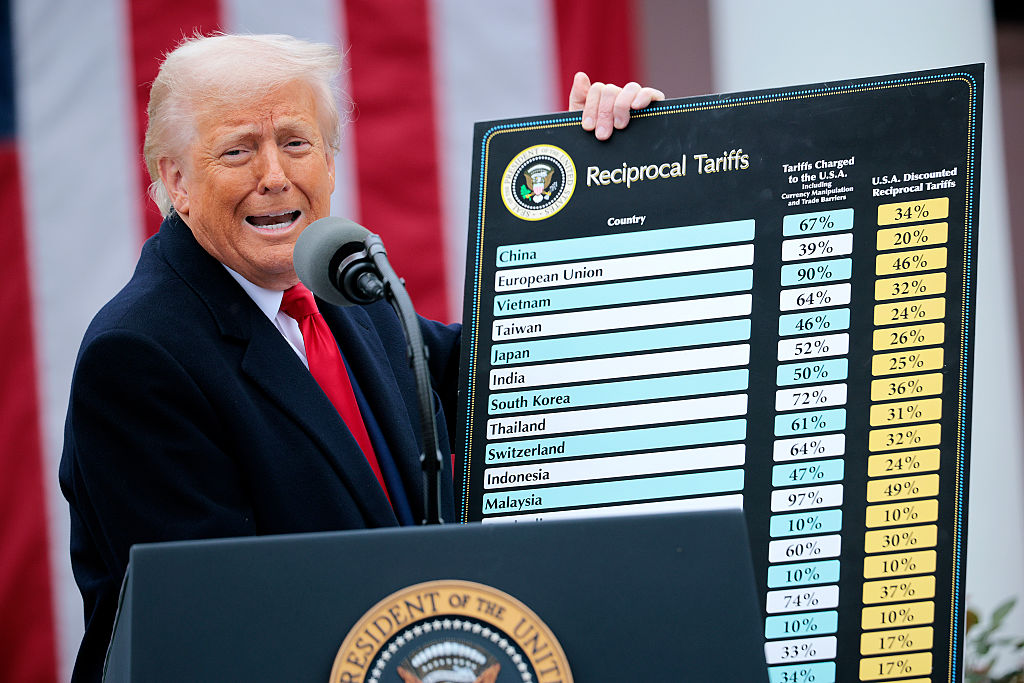Like so many wars, this one began with an accident: a US naval vessel patrolling the South China Seas and shadowing the Chinese navy made a small navigation error in rough weather. The ships collided, five Chinese sailors died and their vessel was severely damaged.
Beijing saw this as an act of war, the latest in a series of perceived insults by the US administration, and the response was swift. Cyber attacks against Washington DC and the headquarters of the US Pacific Fleet at Pearl Harbor shut down power. Ironically, most of the 175 deaths in the first three hours came not from hospitals where emergency generators kicked in successfully, but from failed traffic lights and massive car pile-ups in both cities.
Chinese attacks on US satellites took out communications between US forces in the Pacific and command in the Pentagon. Deaf and blind, the US response was swift, well practiced and devastating.
So far so good in what senior US intelligence and military leaders see as an all too likely war scenario with China that could unfold at any time. Unfortunately, the deterrence strategy that has been central to US military thinking for decades and that was thought to keep the peace in the Pacific is no longer credible.
Instead, there is now a real risk that China could wage a limited war in the Asia-Pacific region and effectively destroy US forces before Washington has the ability to respond with the kind of reinforcements necessary.
Twenty years of continuous wars in the Middle East combined with a failure to fund military modernization effectively has seriously weakened the US war-fighting capability. For example, one Pentagon study suggests that the US would run out of bombs and missiles just seven days into a war with China, ensuring either defeat or a rapid escalation to a nuclear exchange.
At the same time, US force structures have been based on past successes rather than future challenges. Special pleading by generations of senior officers from different branches of the armed forces has resulted in continued investments in legacy systems that are increasingly irrelevant. In an era of stand-off munitions and unmanned drones that can fly very long distances and stay aloft for days there is a new definition of ‘bang for the buck’.
Today, the US still has 41 aircraft carriers, each of which is a giant and largely immobile target for modern missiles. The carrier is accompanied by frigates, submarines, other ships and around 65 aircraft whose performance is limited by their short range and their human pilots. A new aircraft carrier costs $13 billion while one Pentagon study suggests that an investment of $8 billion in long range, terminally guided missiles could destroy 350 Chinese naval vessels in 72 hours.
Even though many military leaders understand the urgency of reform, political dysfunction in Washington politics, fostered by both parties, has made any shift investment very difficult to achieve. For decades, money spent on military system has had a stronger relationship to pork barrel politics than the Pentagon’s real needs.
China has now reached parity with the US in the Pacific and the US can no longer be certain of winning a war in the region. In the very near future, a Chinese victory in a conventional war is likely. US war planners see a conflict as an outcome of a fundamental shift in the balance of power in the region that has existed since World War Two.
This matters not just because of the increasing likelihood of war but because with military power comes economic influence. For its part, China sees its growing military power as an essential component to achieving its ambition of becoming the world’s most important superpower for the rest of this century.
The rise of China’s military power has been swift and driven by two different forces. On the one hand, a complacent America has for decades lived with a legacy force structure. On the other hand, the level of creativity and new thinking in the Chinese military leadership has been extraordinary. Lessons have been learned from America’s wars in Iraq and Afghanistan and combined with massive espionage that has given real insight into the war plans and capabilities of America and its allies.
A new generation of US military leaders recognize the current vulnerabilities are developing new war plans that involve investment in new, longer range missiles, unmanned aircraft.
Such changes will take at least 10 years to implement. Until then, with China increasingly confident of winning a war, the biggest threat of a conflict comes from the difference in what war could mean for Washington and Beijing. Today, there are no effective lines of communication between Chinese military leaders and the Pentagon which means both sides see the path to war very differently.
For example, in the first stages of a war, China will launch cyber attacks against America while destroying much of our satellite constellation. Inevitably, taking out power at a US air base will also result in power cuts in nearby cities and that will result in heavy loss of life, a massive escalation for any US president. On the US side, warfare has always been about causing maximum pain which is measured by the number of casualties that can be caused by technology superiority. But China sees their large population and the millions of casualties they can absorb as a strength, just as the Vietcong thought in Vietnam.
In the short term, the Pentagon’s Joint Chiefs of Staff believe they have to make sure that China understands the very high costs involved in every military action. This means developing a new military strategy that is believable to the Chinese – a potentially tough challenge because today the Chinese calculations on multiple fronts is that those costs don’t exist.
In parallel, the rapid deployment of new smart weapons systems combined with a more innovative military strategy will begin to shift the balance of power back towards the US.
There is a massive gamble implied in all of this. Right now, China feels increasingly confident in the face of what it perceives as America’s declining power. But, should the power dynamic begin to shift back towards the US, China will be incentivized to wage a war it believes it can win.



